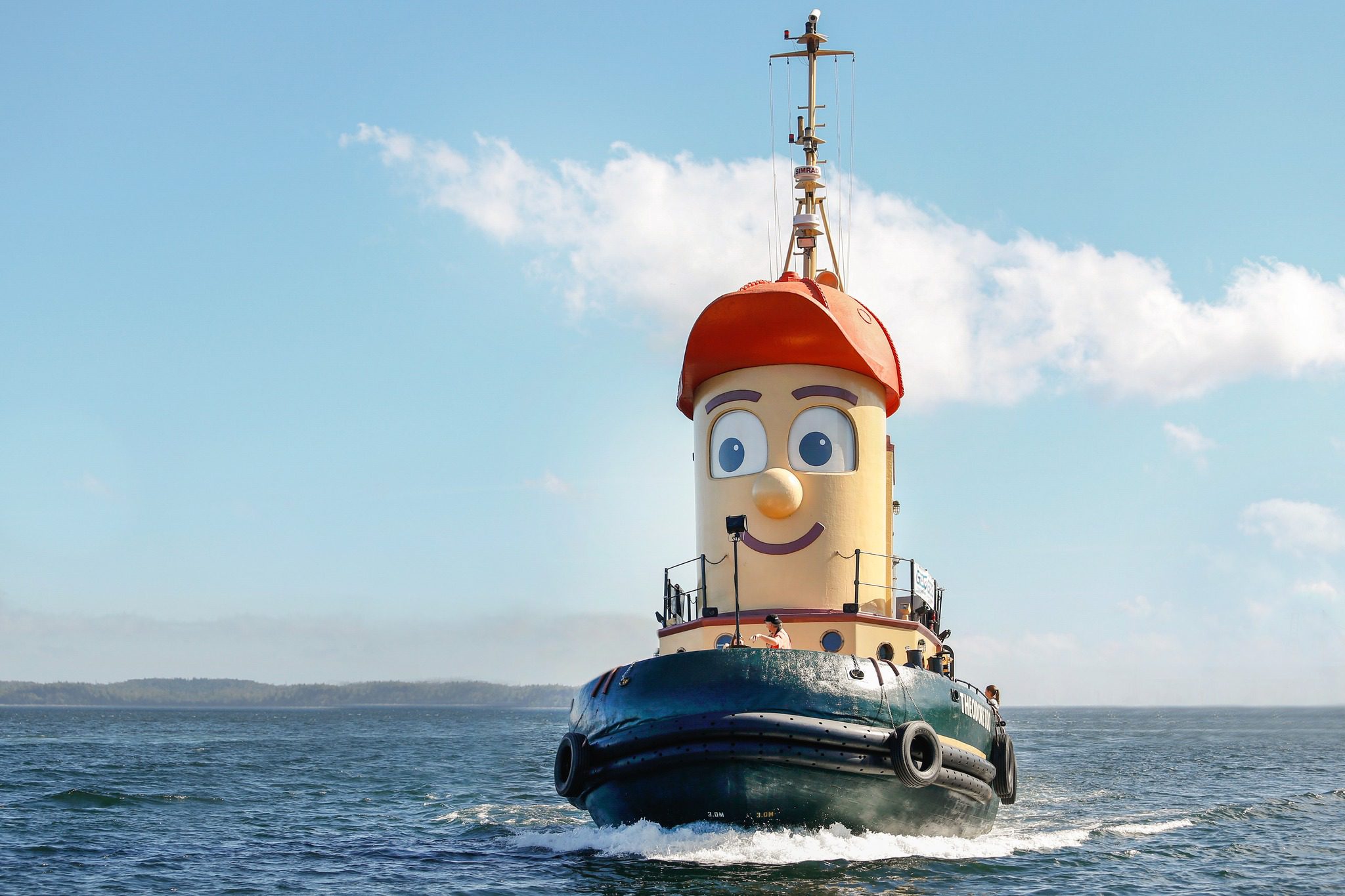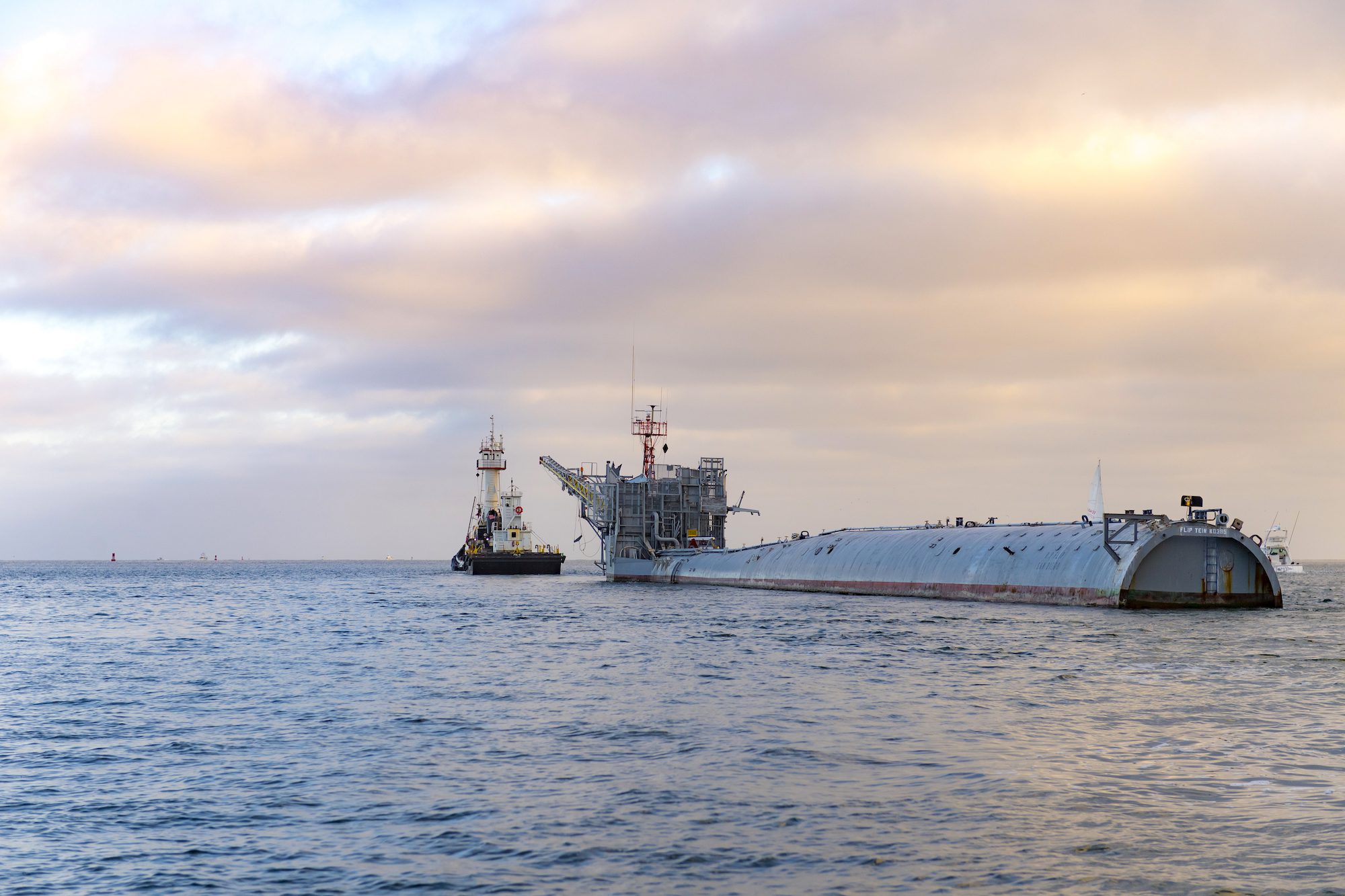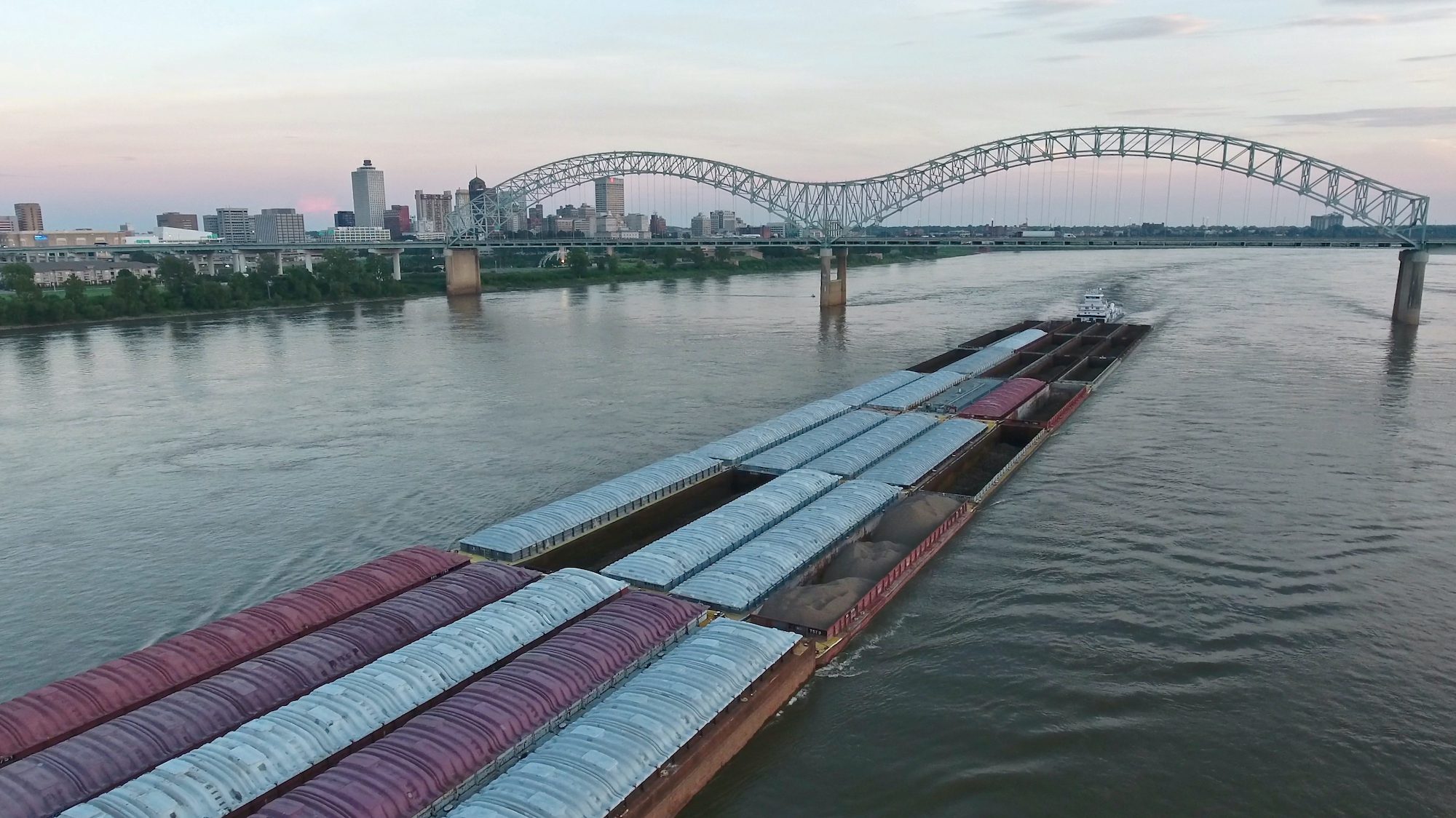U.S. Coast Guard File Photo
Disclaimer: The below sea story is a retelling of an operation from back in the 1980’s.
CW4 Michael W. Carr – “Ok, everyone gather around, we have a new job, you are going to love this one,” said the Dive Team leader.
They gathered in the middle of their large warehouse adjacent to the runway at US Coast Guard Air Station Elizabeth City NC. Surrounding them were pallets of equipment; SCUBA gear, surface supplied gear, welding, pumps, salvage, pollution response, firefighting, damage control and emergency medical gear.
Divers sat informally on conex boxes, milk crates, or squatted on the floor. It was informal but at the same time serious and focused. Each of the divers felt privileged to be part of this group.
“We are going to New Jersey and recover Hashish from a sunken vessel,” the team leader stated.
“What is Hashish?” asked one of the divers.
“I don’t really know, it’s some kind of drug, and the FBI and DEA want us to recover it all before all the bad dudes get hold of it,” he replied.
Later, DEA and the FBI agents told them that Hashish, or Hash, was made from the resin of the cannabis plant, and is usually consumed by smoking. It is very oily and dense, and resembles clay or packed mud. It was typically bound into bales and smuggled into the US through major seaports.
“Bales of this stuff have been washing up on the beaches of NJ, and the FBI and DEA think the bales are coming off a ship which was scuttled off Sea Bright NJ. We need to dive on the ship and recover the remaining bales as soon as possible,” the team leader continued.
Divers now began asking questions; “What depth, how many bales, what support craft, will we use surface supplied or SCUBA?” This was how every mission started; a short brief, then bantering, questions, a free flowing conversation which brought out both details and big picture concerns.
They kept a bucket of colored chalk in the warehouse, which they shared and used to draw diagrams, pictures, and notes on the concrete floor. Each diver’s scrawls contributed to a growing & developing mission plan.
After an hour of brainstorming they had a general plan in place. “Ok, we need to depart here later today. An Air Station C-130 will fly us up to NJ, so lets load up gear and prepare to depart. It’s October, so take your winter gear,” he added.
FBI and DEA agents met them at the airport in NJ and were anxious for the divers to get on scene and start recovery operations.
“Bales are washing up on the beach, there are more bales slowly floating to the surface, we need to get this situation under control,” briefed the DEA agent.
Drug recovery was a new mission for these divers, they were trained for oil and chemical pollution response, salvage, cutting and welding, aircraft recovery, even body recovery, but drug operations was a new, but not unexpected task.
“Our plan is to locate the vessel, survey the scene and come up with a recovery plan,” said the Dive Team leader. “We will make this work for you,” he added.
He was not sure of the specifics yet, but he had divers who were talented, motivated, and knew only success, so there was no doubt in his mind they could, and would accomplish this mission.
They quickly move their gear off the C-130, and loaded onboard the US Coast Guard Cutter Red Beech, a 157 ft. Coastal Buoy Tender. They steamed out to the reported location of the sunken ship, 12 miles off Sea Bright NJ, which is just south of Sandy Hook near the entrance to New York Harbor. Red Beech executed a two-point moor over the wreck, and now it was time to dive.
“What’s the depth here?” the Dive Team’s Master Diver asked.
“It’s 100 feet to the sand,” reported the bridge watch.
Following the required US Navy No-Decompression dive tables their bottom times, the amount of time divers could spend working on the wreck, was restricted by depth. At 100 feet they had 25 minutes. This time starts the moment the divers leave the surface. At shallower depths they had additional time: 90 feet 30 minutes, 80 feet 40 minutes. Their maximum allowed depth on air was 130 feet, where bottom time was limited to 10 minutes.
“OK, here is the plan, watch your depth. On the first dive determine the maximum depth for the hashish bales, and do a count. Survey the ship and cargo so we can come up with a workable plan. “Now get in the water,” said the Master Diver.
Visibility was good, around 30 feet; no current and descent to the bottom was fast. They could see the wreck, a real mess, an old trawler style vessel, maybe 100 feet in length. And there in the cargo hold were at least 100 burlap and plastic wrapped bales. They did a quick survey around the vessel. All the bales seemed to be in the hold or scattered nearby. Depth to the sand, 100 feet.
Back on the surface a plan quickly evolved. Red Beech would use her boom, normally engaged to place and recover buoys, to lower a cargo net to the trawler’s hold. Divers would fill the cargo net with bales, and the Red Beech would then raise the filled net and unload the bales of hashish on her buoy deck, where FBI and DEA agents would count, inventory and guard the bales.
Is He Dead? Or What Is a Stoma?
Up and down, up and down, went the cargo net. There was no break or pause. Weather was good, flat seas, light winds. They needed to get all the bales today. Divers rotated through diving, supervising, and jamming dive tanks from their portable air compressor. They strapped on their 70 lb. double 80 cubic foot tanks, jumped in and descended as quickly as possible. Once on the bottom the buddy teams worked together to lift the 130 lb. bales of hashish into the cargo net, filling it up and then tying the cargo net closed. They worked while monitoring their air supply. When they hit 500 psi in their tanks, or 25 minutes of bottom time, they headed up.
Hashish is oily, very oily. It resembles palm oil, a thick greasy oil that soaks into everything and defies removal. Soon all their dive gear was covered in hash oil. Their black wetsuits were now brown, their gloves, fins, masks, weight belts, buoyancy vests were all brown and greasy. They kept diving. There was little need for discussion. Dive, then jam bottles, then supervise, then go to standby diver, then dive again.
By late afternoon all the bales were on deck. One last dive to look for errant bales, none found. “We got them all,” reported the last dive team to the FBI and DEA agents. The dive team was exhausted. They pushed all day, maximizing bottom time and hurling bales of hashish into the cargo net as quickly as possible on each dive.
“We estimate this haul at about 10,000 lbs., and worth about $20 million dollars,” said the lead DEA agent. As the divers sat on deck just a few feet away from this pile of bales it was difficult to imagine it was worth that much money. These brown burlap wrapped bales were oozing ugly brown liquid, which was sticking to everything on deck, and had already covered most of their dive gear.
“Damn, I’ll take a cold beer over this mess any day,” said one of the divers. They all agreed, and began thinking about the cold beer they would grab once back at their hotel. Job done, let’s grab a beer!
But as they started to pack up their dive gear the FBI and DEA agents interrupted them.
“One more thing,” the lead DEA agent said. “We are confiscating all your dive gear.”
“Yea, real funny,” said the Dive Team leader. This is the first time all day any of the FBI or DEA agents had made a joke, so it seemed weird. But it was not a joke.
“I am serious, we are confiscating and impounding all your dive gear,” he repeated. Then he added, “It’s soaked in hash oil, which is an illegal substance.”
“OK…but if you take all our dive gear, are you going to replace it, that’s a lot of money.” Said the Dive Team leader, who was used to typical Coast Guard meager budgets.
“Yes, we will replace all your gear with new gear, give us an inventory, and we will transfer funds to your unit. You can go out and buy new gear tomorrow.” The agent added.
When the divers heard this they were speechless, then amazed, and then laughed. “Damn, we get new gear, sweet!” And we don’t have to clean this gear; we can just go back to the hotel and have a cold beer!
And so they inventoried their dive gear, packed it up with the bales of hashish, and then lounged on deck while the Red Beech recovered her anchors and steamed back to shore. The Master Diver and Dive Team leader bantered over coffee on the cutter’s bridge on the trip back to shore. They joked about getting new dive gear, and the crazy world.
“I’m glad we have our jobs, that we are Coast Guard Divers,” one of them said. “Damn straight, me too,” the other replied.

 Join The Club
Join The Club











